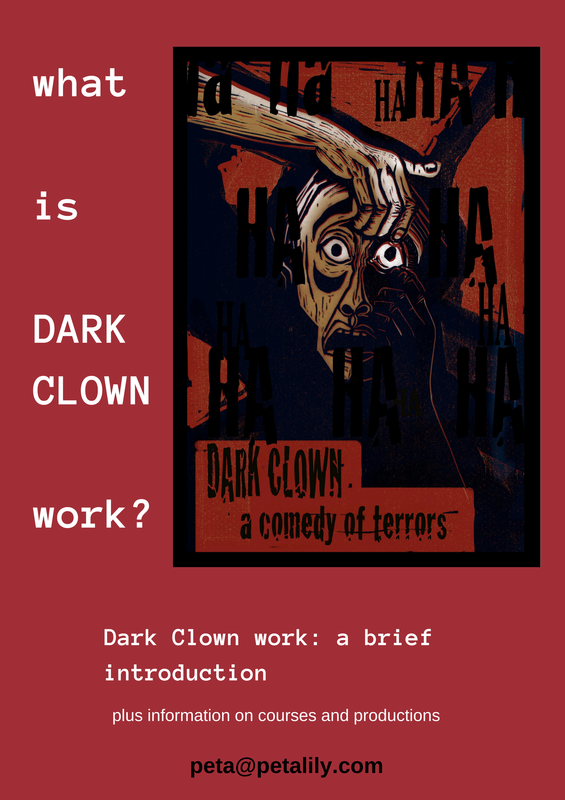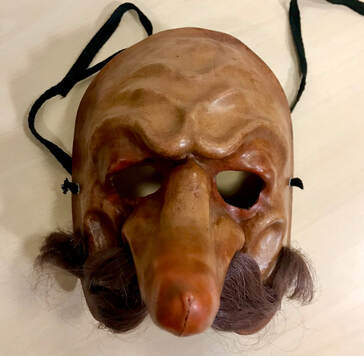 Capitano mask by Alexander McPherson
Capitano mask by Alexander McPherson Pompous, boastful, pushy, arrogant, none-too-bright, belligerent, but also capable of being charming (or smarmy). Can you also see his ultimate cowardice?
This is the Capitano - just one of a set of 11 Mask Types* made according to XVIIth-XVIIIth century Commedia dell'Arte tradition. It's a stunning collection of masks that never fail to release play in the wearer and provoke squeals of recognition and excitement from the viewers.
I am incredibly privileged to work with this collection, which has multiples of each type - allowing for different flavours of interpretation and delightful encounters between Masks.
The collection was handmade by Alexander McPherson. Read more about Alexander on his website.
One performer showed the evils of Military power, evoking a dandified brute - by turns frightening and risible. Another took us to a shocking place of transgression, subjugation and revenge.* And we marvelled how the 'other-worldliness' of the sculptural nature of the mask allows us to encounter a rainbow of feelings while keeping full horror at bay. Another player created a demented, frantic, self-deluded Pantalone, with strong notes of vaudeville/panto/cartoon comedy business. Another did a chilling portrayal of Il Dottore, showing the petty authoritarian horror of impenetrable bureaucracy. Another did a resounding please against Climate Change in the guise of a poetry recital by Il Dottore. When I teach, students of any gender expression play any mask of their choosing, ready to critique, celebrate, own and subvert the enduringly familiar types. When we approached The Lovers, all students, including same-sex couples released exuberant, embodied portrayals of joy, longing, lust, folly and vanity.
These performances gave us, the audience, an experience of witnessing humanity's flaws played out - emotional truth and ludicrous, flamboyant exaggeration in alternate moments; in simultaneous moments. And we the watchers were afforded the ability to experience and name the fear and embody the aversion and also to experience catharsis via gasps, laughter and other emotional reaction sounds.
A note about these times: yes, we must be careful to investigate everything at the moment. RADA is committed to de-colonising the curriculum. It's an ongoing process. Abuses of power are always present in history (including the history of theatre) but the joy of theatre is reinvention - reclaiming and bringing new, relevant life to theatre forms. I recently worked with Queer Jewish theatre practitioners, they requested specifically to work with Commedia characters and I suggested adaptations of the types for their consideration. I now teach the Paterfamilias, Pantalone as an expression of privilege. Pantalone de' Bisognosi (the needy) has privilege, but it's never enough (think of the man in the airport security queue who cries out in outrage: 'Don't you know who I AM?!'
By portraying Comedia characters, we acknowledge the flaws within ourselves at the same time we critique power holders. Commedia is about community. Its meaning is in the meeting of a group of people with their various wants and desires - somehow in the playing through of all their clashes, affronts, plotting§ and subterfuge, a resolution of sorts is reached.
‘Commedia shows all the worst excesses of human stupidity and the conflicts that arise, and proposes nonetheless the possibility of democratic co-existence and harmony.’ - Carlo Boso
I studied Commedia dell'Arte in the late 1980's, with Carl Boso - alongside other practitioners including Oliver Crick.
***
Oliver Crick is a highly accomplished Commedia dell’Arte exponent who has authored a wealth of publications on Commedia.
He has made an interesting proposal, to bring the invigorating joy of Commedia into the 21st Century – and into 21st century communities. This document gives examples based in the UK, but it could be employed in your own country. He’s entrusted me with this document and I am sharing it with you. – Peta Lily
The words, and the offer which follow are by Olly Crick:
COMMEDIA IN THE COMMUNITY – by Olly Crick
Olly Crick says: I am of the very strong opinion that what is needed, in the UK and in independent nearby republics, is more Commedia dell’Arte: specifically, a Commedia Company in every County and Region, responding to that region or county’s needs and issues. I can help you set up your very own local Commedia Company. This might be for you, students you care for (or not) , or for another string in the bow of your already existing theatre endeavours, and it might be an alfresco summer, festival or pub garden event, or an indoor autumn/winter community venue event…read on….
The Accepted Strengths of Commedia:
- It is funny and has broad comic appeal, and highly capable of tragi-comedy.
- It has a strong visual appeal, attractive to most audiences and appeals to a wide age range.
- Its stock types are, with a bit of work, immediately recognisable to any audience.
- It easily assimilates, song, dance, stage combat, acrobatics and other virtuoso displays of skill.
- (the masks, costumes, characters are all recyclable from show to show)
Some Useful Observations:
1 The historical names and origins of the characters function as a barrier to contemporary audiences. From working with Old Spot Theatre (2004-14) an experiment to relocate the characters in Gloucestershire, complete with localised names and professions, proved successful.
2 That the historical masks all originated in adjacent regions, all of which had ‘attitude’ to the other regions. Each mask both represents for and caricatures people from that region, or area within that region. Commedia is ‘theatre of place’.
3 That one historical reason for the success of the genre was that each character occupied a single rung, with its own social class or gendered social class, so that the performance of a full troupe performatively shows the working of a complete society. Every member of the audience will have a representative of their social class on stage and sees how society works from that point of view. They will also, of course, have ‘attitude’ to the other social classes being performed in front of them. Commedia is a comic performance of a full societal spectrum from the Aristocracy or ruling classes, through the bourgeoisie to the working classes and precariat.
4 That though we remember the gags and laughter from a Commedia show best, it is a strong storyline that an audience engages with, that both keeps the audience’s attention for longer stretches than a series of good gags, and is the skeleton upon which the gags are based.
5 Politics is not something to back away from in a show. In my examination of current practice there are three models of commedia performance upon which to base your shows: entertainment, engagement and ideological. I strongly suggest that the ‘engagement’ model is the way forward for commedia. For those who are worried about being ‘political’, and alienating your audiences, I suggest that you actually mean ‘ideological’, because no one likes being preached to. Politics can be seen as the discussion or negotiation over the availability of resources, and that, mainly, is the business of most drama. Another useful definition of politics is ‘ the performance of ethics’.
6 Commedia is not a masked form, it is a hybrid form of masked and unmasked performance. Each has a separate mode of reception which, when played to the strengths of each mode, creates a wide range of audience experiences, utilising different meta-theatrical conceits and reaching different parts of the brain. The audience experience of masks and unmasks is literally different.
7 Commedia dell’Arte characters are fixed social types (Tippo fissos) , not archetypes. Each one exists in an immediately recognizable position of power (social type) and a Jungian archetype is an inner state, experience by an actor, which they can employ, channel or interrogate to help perform their character.
Dramaturgy
- Keep the hierarchical commedia system intact but transpose it your region. Who is the equivalent of Pantalone and Brighella, for example? What are their names? Where do they come from within your region? How do they speak, and in what dialect?
- What are the characteristics and received ‘wisdom’ of each regionally based role, and who are their regional allies and enemies? What are their needs, wants, passions and fears?
- What is the social hierarchy encompassing your regional based types? Have you created a hierarchy for your whole region, or just the bit you are interested in? Have you got power figures, middle classes and lower classes? Here below is an example chart of how Old Spot Theatre adapted their characters.
a. There is an issue with the historical social types, in that the models 90% of commedia teaching is carried out through, and a 100% of the Masks commedia is performed with, are based on Renaissance and Baroque power structures and recreations of Renaissance and Baroque masks. These masks do not quite correspond with today’s types, so thought may be required to note what today’s societal hierarchy is (an examination of UK census class divisions, for example, is useful here), what are its types, and which ones are masked (and whether we have to design new masks).
4. Use a conventional 3 act neo-classical comic structure to build you story: Act 1 Introduction; Act 2, complication; Act 3, further complication and resolution.
5. Each mask, based in a region, will have an immediate reaction to any change in the allocation of resources.
a. For yourselves, how does each member in your hierarchy react to a particular stimulus that matters to your County?: the council offers the choice of a new leisure centre or a new railway station; a factory is being closed and relocated ; there is a lack of affordable housing etc.
b. Research the issues associated with your and map them onto the socially appropriate roles within your cast.
6. An unmasked role shows human ambition and the full range of human wants and needs, proposing the actions that start and develop a plot, and they exist in fictional dramatic time. A masked role is a fixed type and can only see things from their point of view, being locked into that position by the societal coding present with the mask-object’s design. A mask can simultaneously exist in dramatic time, and in the same time-flow as an audience.
7. As Commedia characters are social types only, their animation on stage is entirely dependent upon the actor portraying them. In rehearsal the question that should be foregrounded for each actor, is who is your ‘Pantalone’, ‘Doctor’, ‘Lover’ etc. Archetypal psychology from Jung indicates, perhaps, that the Masks’ drivers are basic human needs. Otherwise ‘archetype’ is an imprecise term and has been used spuriously to define ‘depth’ within a mask. A mask cannot be a stereotype because it is animated by the individuality of the actor performing them: they are simultaneously an individual representing the agency of their class, and a symbolic representation of that class.
8. Other Things of Relevance
a. Order of creation: Storyline, Storyline related gags, music, character related gags, surreal gags.
b. You must have both masked and unmasked roles within your cast. With a small cast (of course) a workable approach is that each actor plays three roles: a major role, a supporting plot related role and a chorus role. Of the first two - one should be masked, and one unmasked, to aid multi-roling.
Method
1. Apply from your local Arts Council (or other funding bodies if outside the UK) for a grant to pilot a community Commedia dell’Arte company, reflecting through a comic framework the needs and wants of a community: three weeks of rehearsals and a week of shows, at a variety of traditional, community and non-traditional venues.
2. I will run an introductory workshop with the aim of
a. Meeting your cast
b. Deciding on casting and local issues, and how best to map them onto which roles
c. Negotiating a scenario.
3. I will, under your advisement, write you a scenario or storyline
4. I will loan masks, costumes etc for your pilot show
5. I will act as mise-en-scene /director for your first show
6. The above should be enough to get you on your way to establishing yourself locally.
Addenda
Obtaining good masks is an issue. There are various ways of solving this, from buying them, commissioning them, or running a mask making workshop with an established maker. I can recommend several.
Several of these approaches to Commedia are from original research, (see my PhD and extant papers), so you can always cite me or, if you use these in performance, credit the ideas in your program or publicity materials.
Working with existing networks of community venues saves a lot of time in booking.
Never mention that what you do is Commedia, or mention masks, because bookers and the public all have very different views on what Commedia is, and some have ‘views’ about masks (“they’ll scare the children”). We adopted this strategy with Old Spot Theatre, calling ourselves” family friendly theatre from the merrie England that never was”, and it worked for us. No venue ever complained about mask use having seen them used.
Commedia may appear an esoteric and virtuosic theatre art form, but all its elements are aimed at clear immediate communication. It is an inclusive, non-elitist form, and you are there to entertain the public, and be their servants. Performing in a community venue means you are performing in someone else’s manor. Be respectful, be humble, and non-elitist.
A potential rationale - from the Old Spot Theatre website http://www.oldspottheatre.org.uk
…A long time ago, before DVD, VHS, PCs, Apple Macs and the steam wireless, entertainment was different, and watching it was done in larger groups than now. The skills of its practitioners were designed to entertain as wide an audience range as possible, both structurally and by each performer’s individual skills. The epitome of both skills and structure was the Italian Commedia dell’arte; in which highly refined specialists performed complex comic plots through a mixture of improvisation and rehearsal. Each performer played a role from a different social class and wore a stock mask and costume to make them easier to recognise.
The overall effect was of instantly recognisable character types that an audience could relate to viscerally and immediately, and hence dispense with large amount of comically redundant theatrical exposition, so beloved of psychological theatre. In other words, once the characters were onstage, you could cut to the chase immediately, get involved in complicated plots, multiple disguises and the like because the whole audience intuitively understood each character. Even better, the characters were recyclable, in that the same roles appeared in all the Commedia dell’Arte shows, but with different relationships, much in the same way the television series Blackadder or The Carry On films functioned.
Who were these characters then? Generally they fell into economic categories: Masters, Servants, Children, and Lovers, all with distinct Italian regional characteristics. Pantalone, the Venetian Miser, for us becomes Titus Dallymore, the Berkeley Vale farmer and Doctor Lombardi, the Bolognese lawyer, pedant and know-it-all becomes, Dr. Ignatius O’Reilly, the London trained expert in everything you need to know. Their children, Florence and Jack become anglicised and fight for their ever-growing love with both Italian passion and English embarrassment. They are the lovers, whose eventual consummation provides the drive for the plot. The servants of the commedia: Brighella, Colombina, Harlequin and Zanni become respectively landlords, waitresses, labourers and labour-migrants, all with their own desperate individual desires and difficulties.
So, in order to create a style of theatre that can survive for a wide a range of audience as possible, and all at the same time, we have borrowed the masks and comic relationships of these Italian antecedents and brought them to our own theatrical never-never land (the merry England that never existed), to tell parables about today, to remind us all that no one person is better than another, that we are all capable of good and evil, that we all live in Gloucestershire (or whatever your region), that Gloucestershire is as good a place as any, if not better to start, to celebrate farming, wild life, thrift, generosity, love, revenge, town, country, eels, sheep, our history and our future.
As living becomes faster, as car journeys become more and more necessary for the everyday graft of living, then at least once a year take the time to walk to your village hall, to see a show, with your family, with your neighbours, with the folk who live in your village and sit down and enjoy some truly excellent live theatre.
WE NEED COMIC THEATRE THAT PUTS ISSUES IN FRONT OF PEOPLE, AND MAKES THEM LAUGH AT POWER, ENCOURAGING THEM TO DEBATE ISSUES.
Go ON, I dare you….
Olly Crick 02/03/2020
Contact Olly Crick by email: [email protected]
Books and publications by Olly Crick include:
· Commedia Dell'Arte: A Handbook for Troupes by Oliver Crick (Author), John Rudlin (Author)
· The Routledge Companion to Commedia dell'Arte (Routledge Companions) – Illustrated, 8 Dec. 2014
· Commedia dell’Arte for the 21st Century: Practice and Performance in the Asia-Pacific (Routledge Advances in Theatre & Performance Studies) 2021 by Corinna Di Niro (Editor), Olly Crick (Editor)
· Commedia dell'Arte Scenarios Hardcover – 12 Nov. 2021 by Sergio Costola (Editor), Olly Crick (Editor)
· The Dramaturgy of Commedia dell'Arte – 31 Dec. 2021 31 Dec. 2021 by Olly Crick (Author), Sergio Costola (Author)
· Olly Crick’s PhD dissertation: https://research.edgehill.ac.uk/en/studentTheses/approaching-aesthetic-positions-for-neocommedia-19462016-a-dramat
Contact Olly Crick by email: [email protected]
* Many MA Lab students are from abroad. One expressed excitement at the opportunities this enduring form offered to theatre being made under conditions of restriction of expression. Because the form is so absurd, you can create scenes which, while delivering a strong visceral punch of recognition and catharsis of emotion, are free from specifics which would make them overtly contentious.
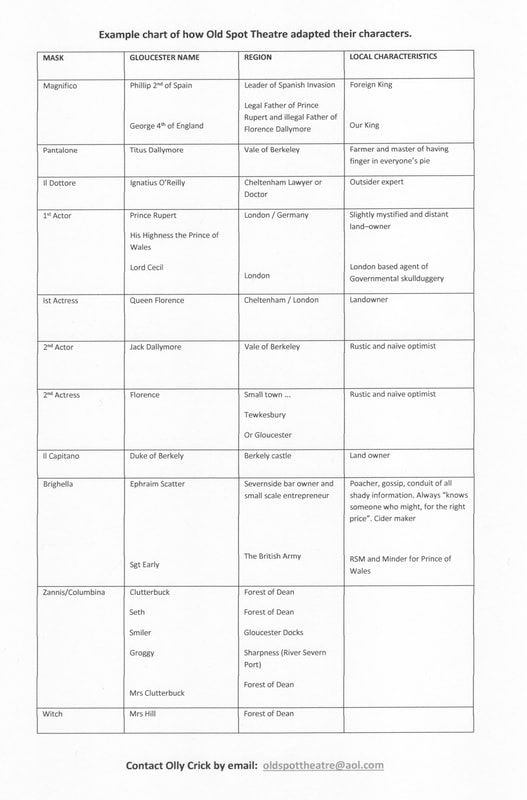
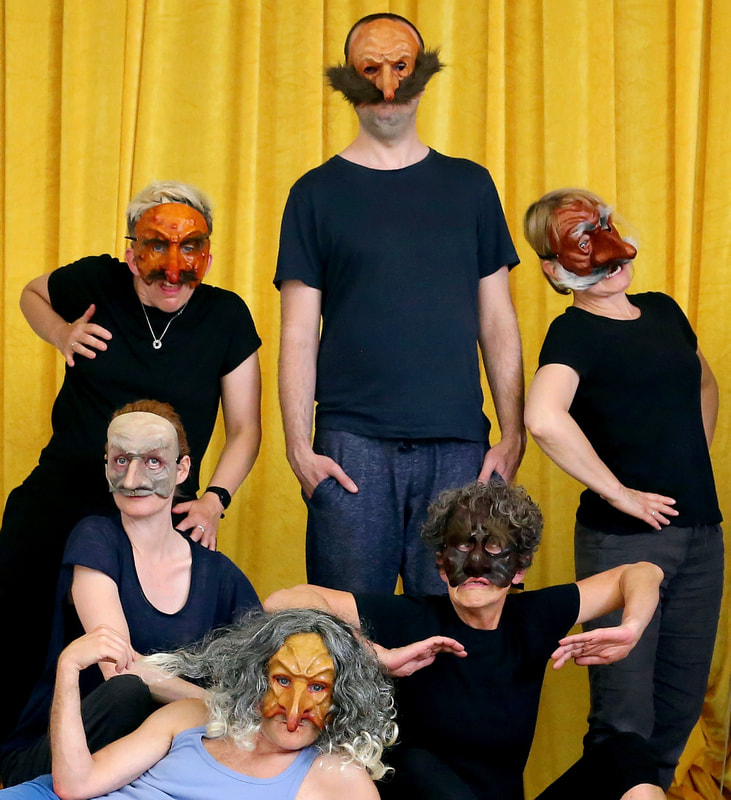
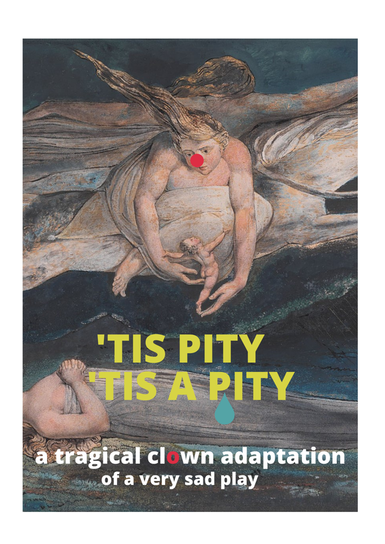


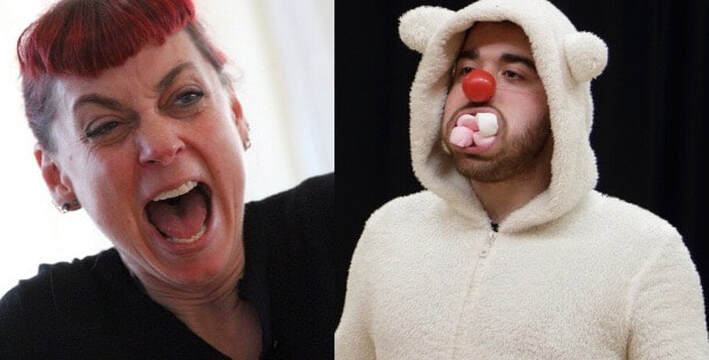
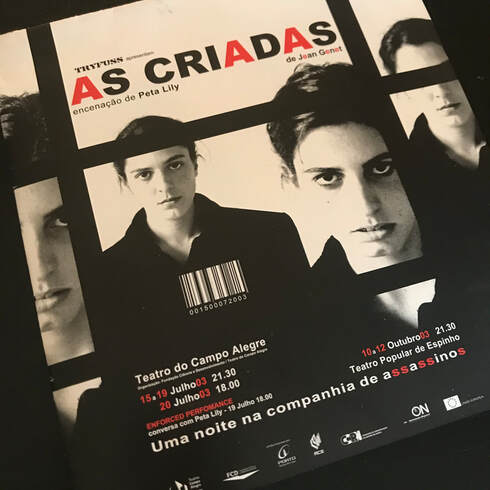
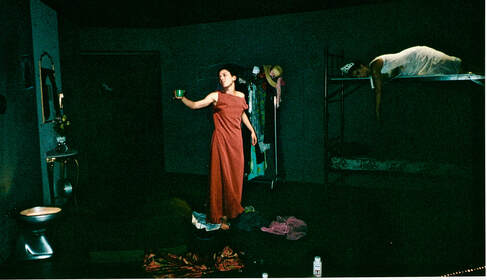
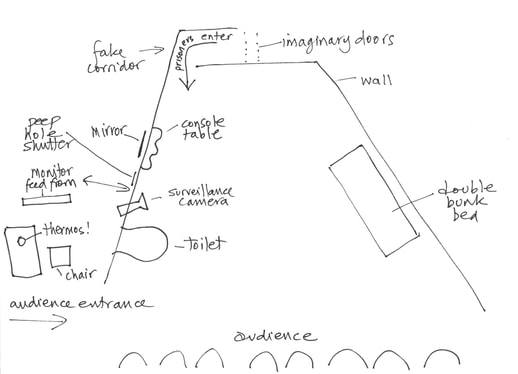
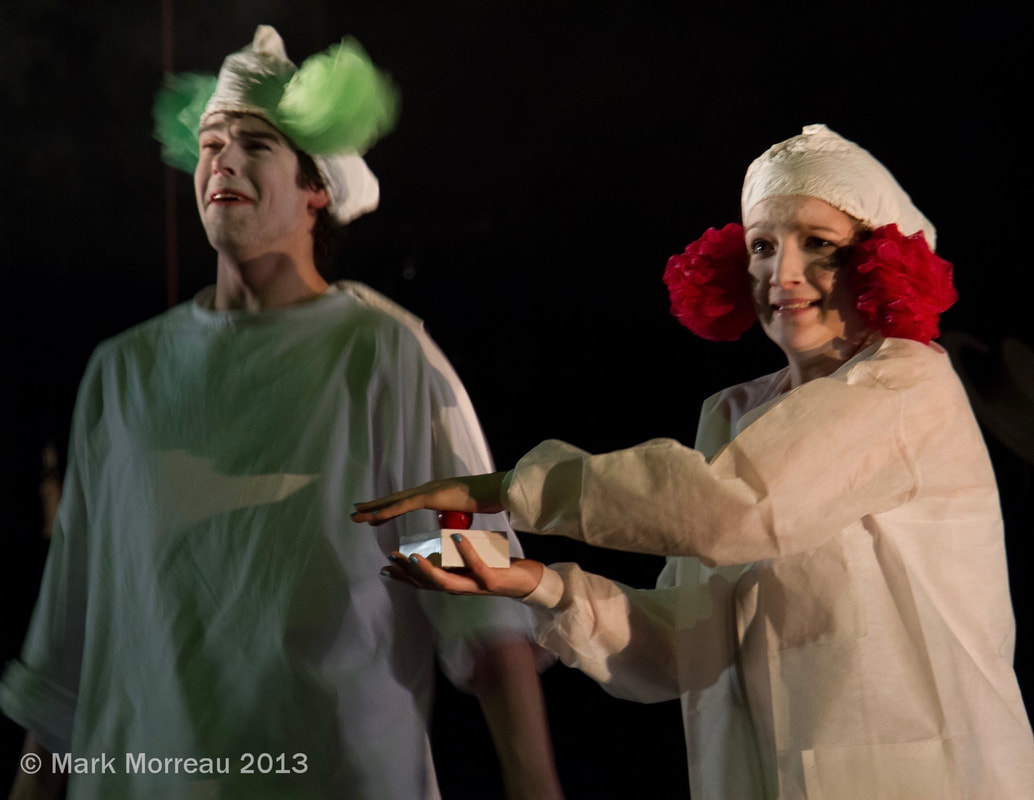
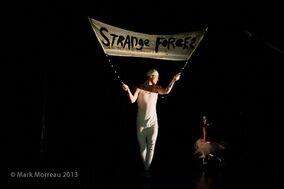
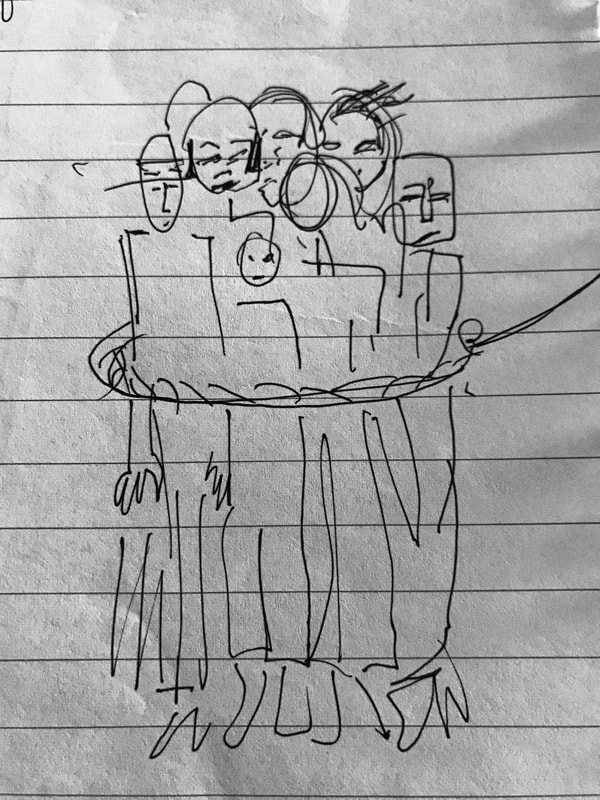
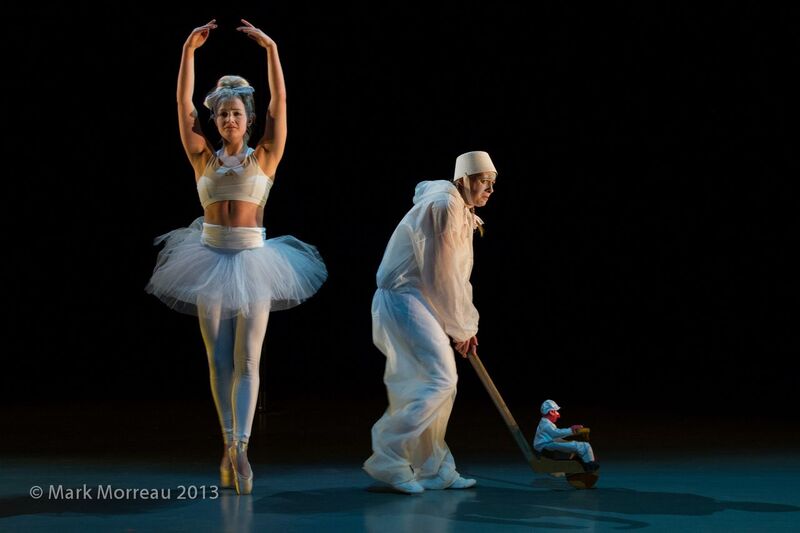
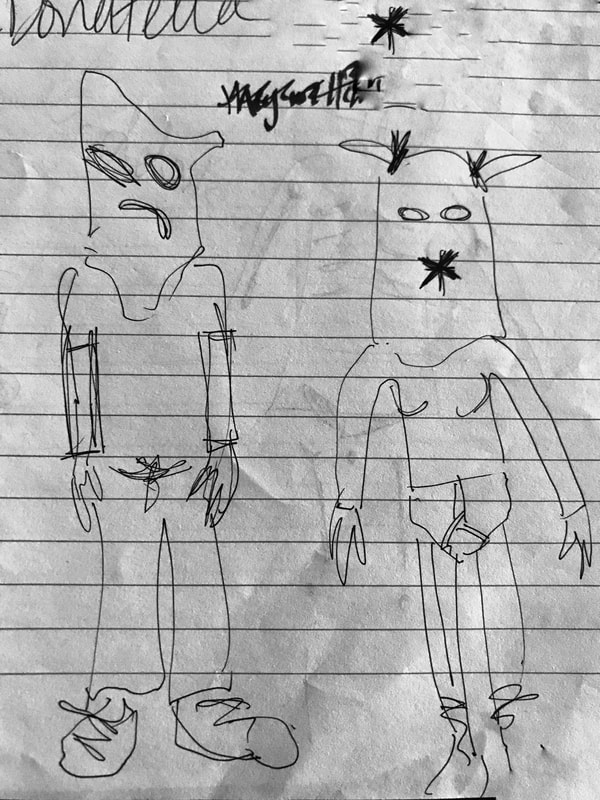
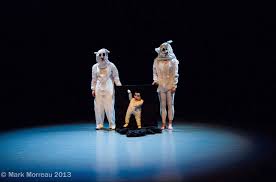
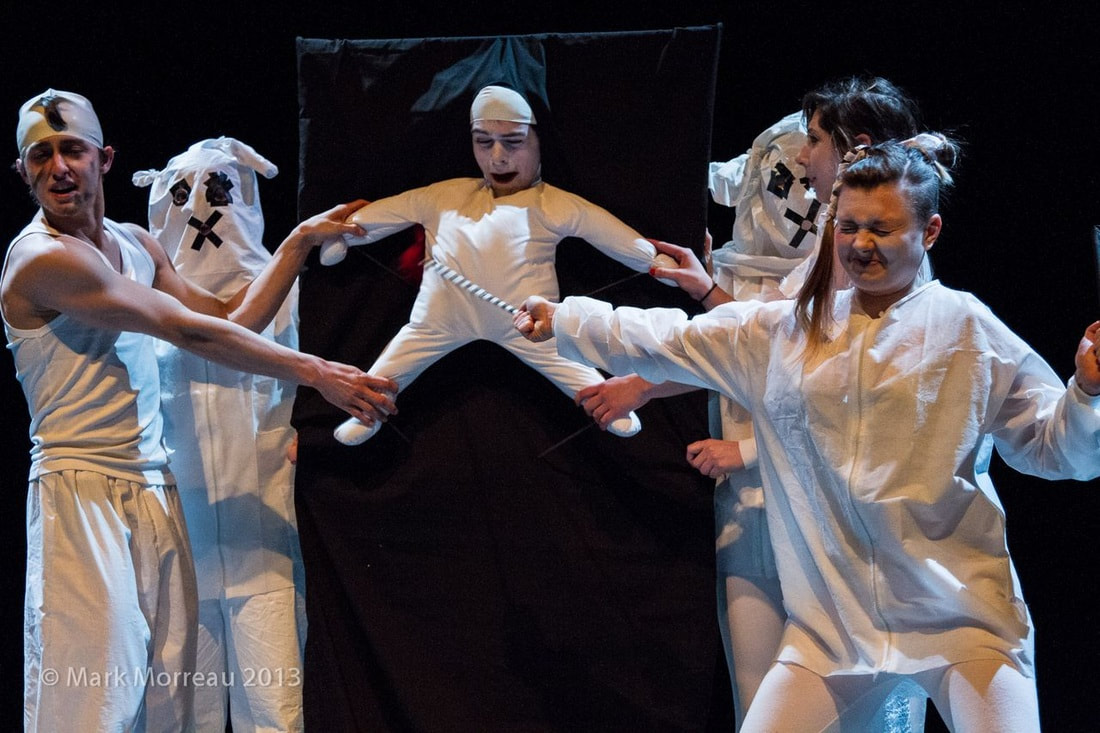



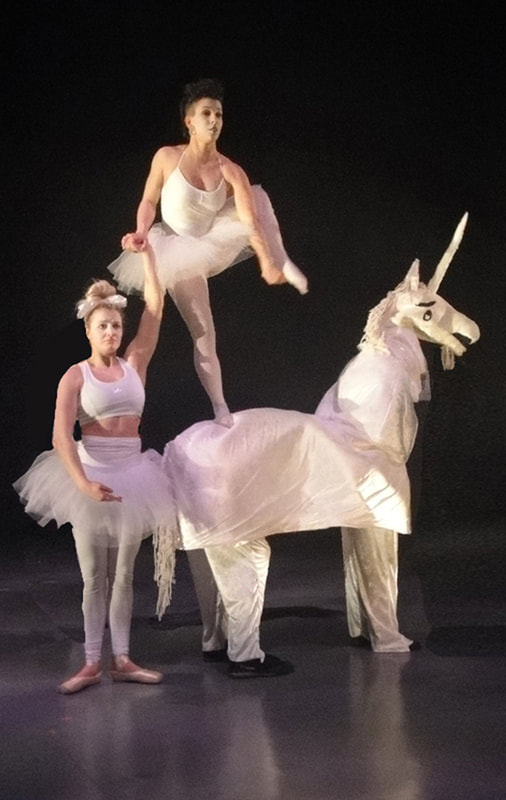
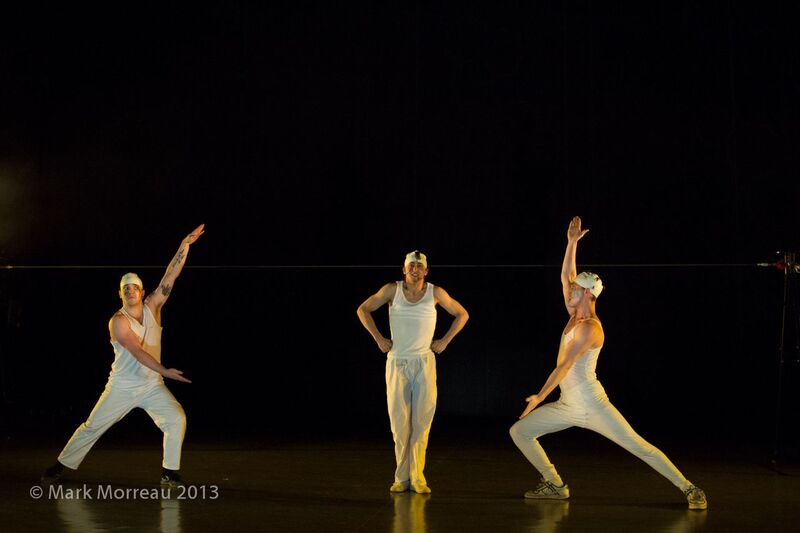
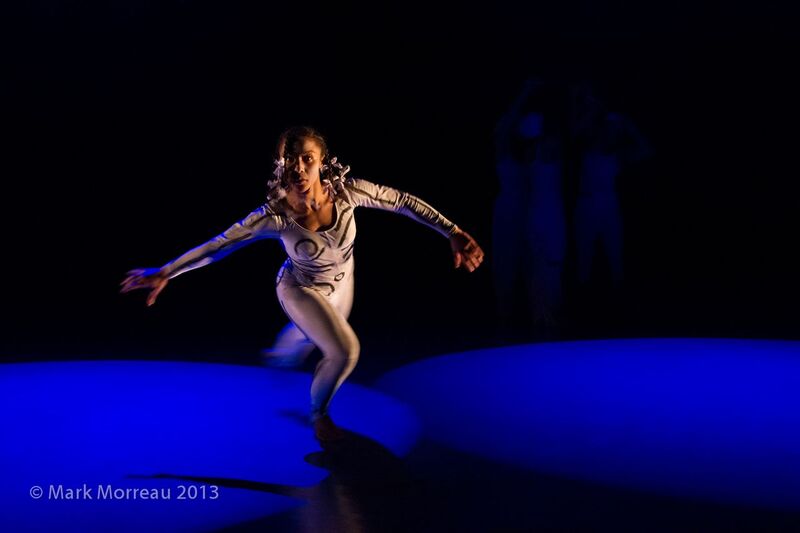
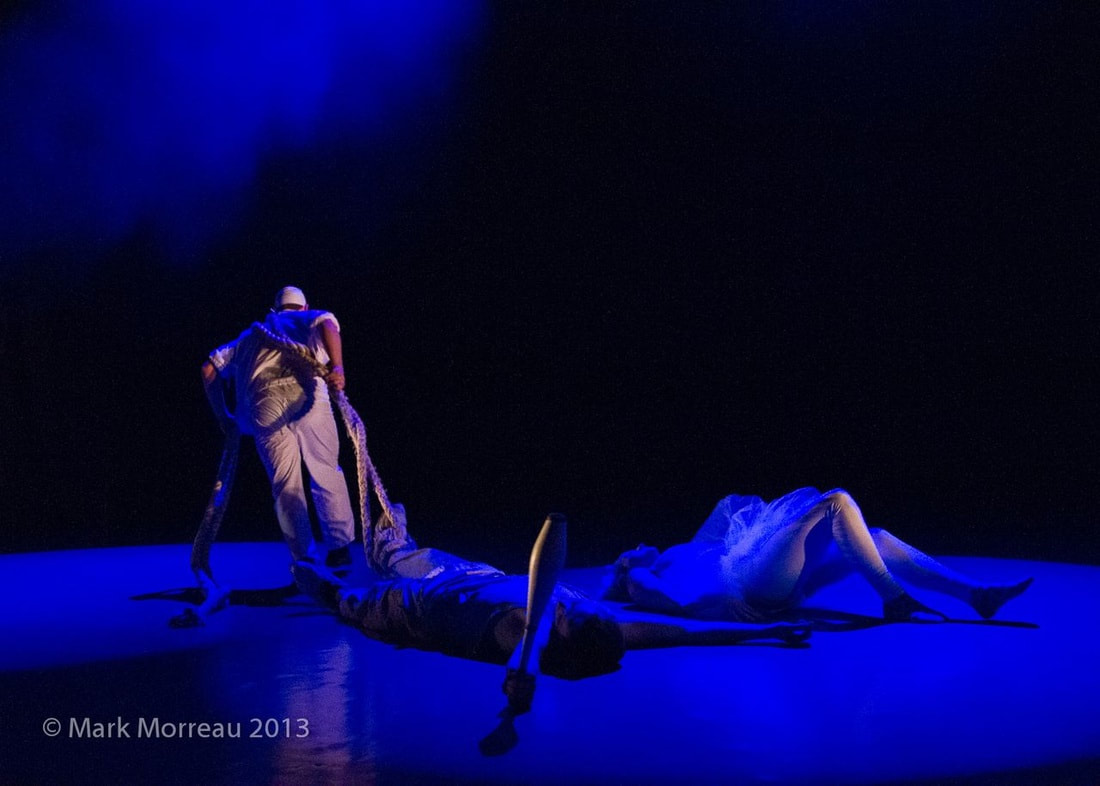
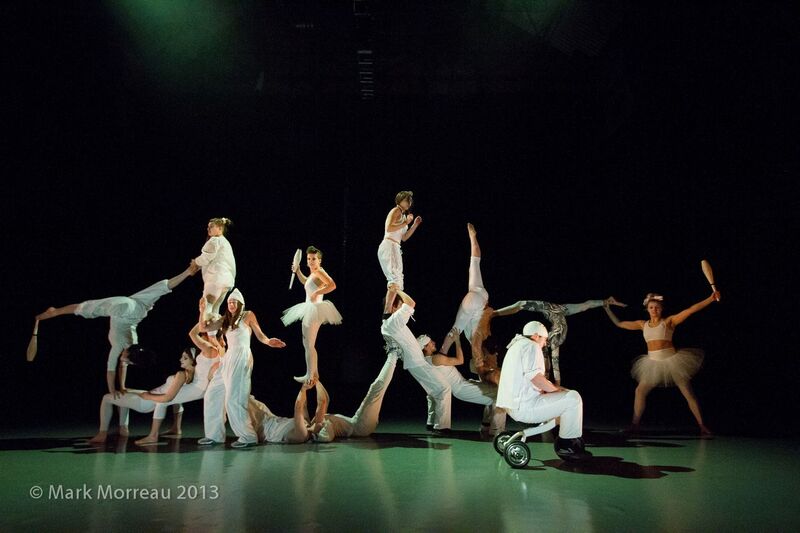
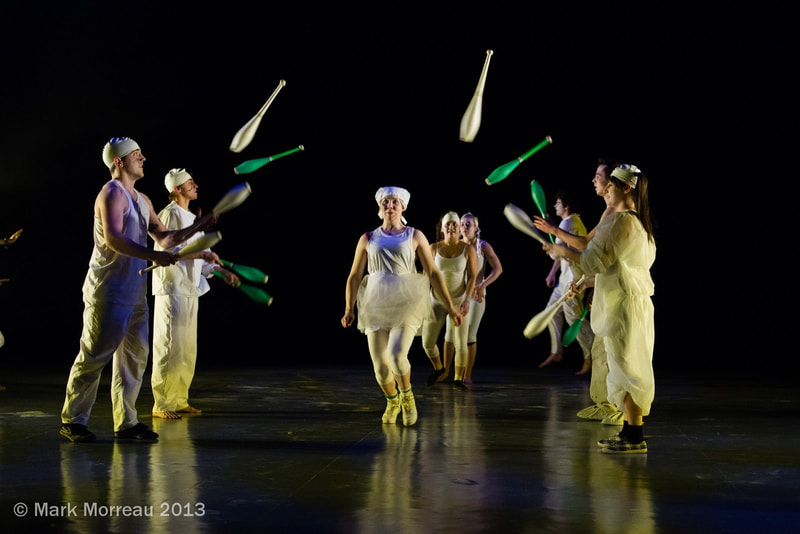
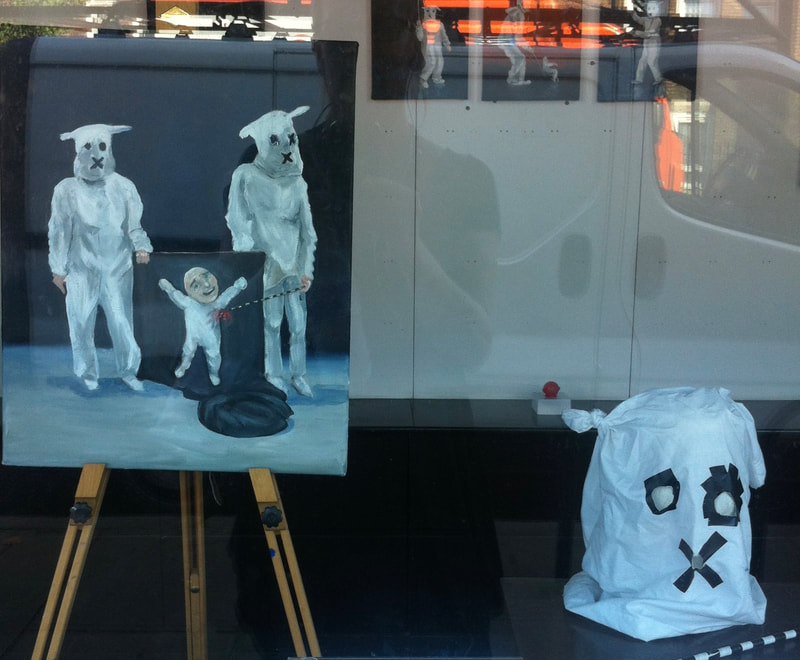
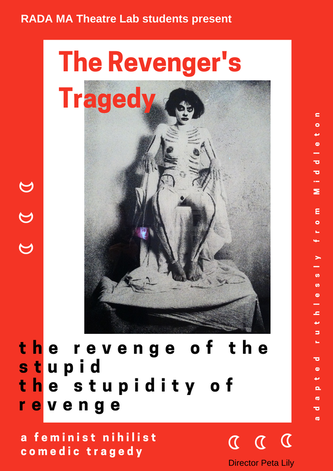
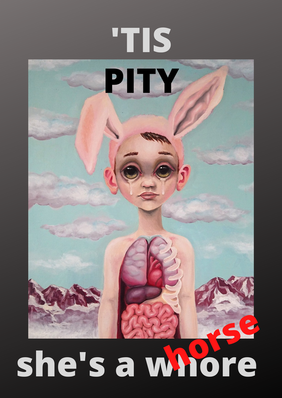
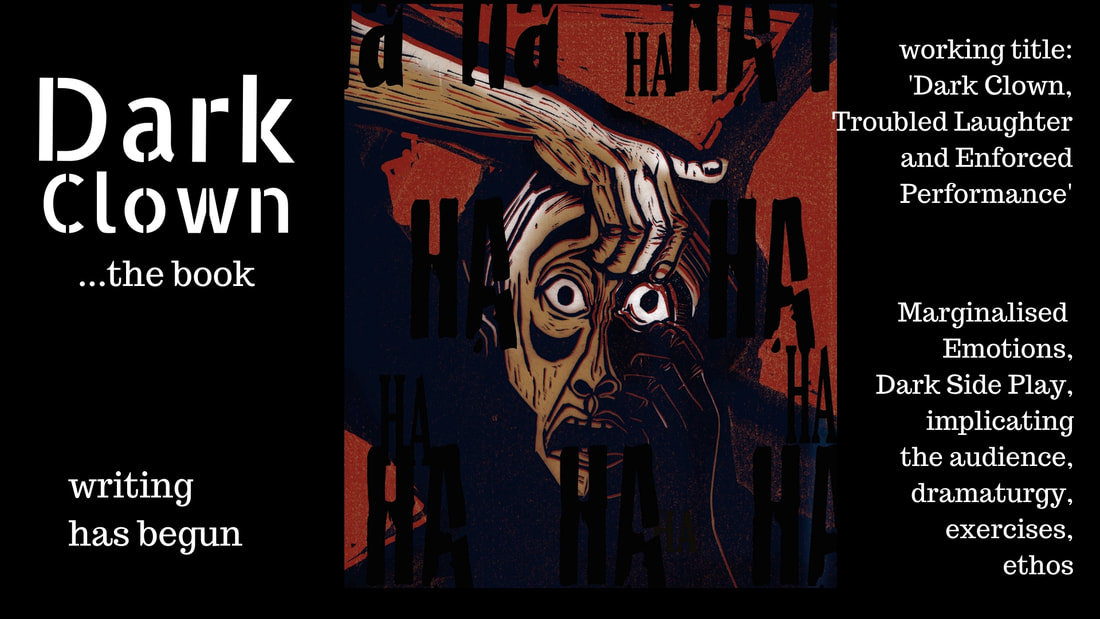

 RSS Feed
RSS Feed
